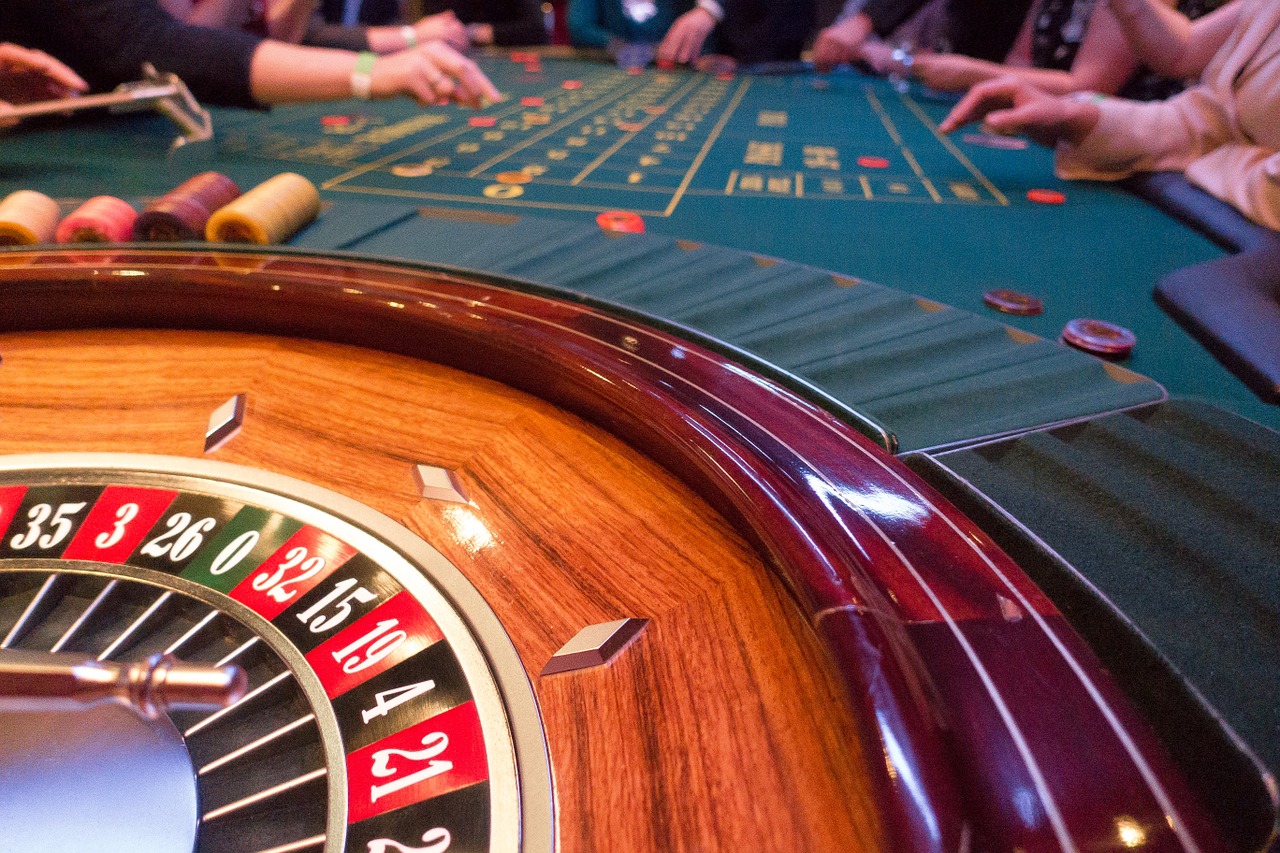At present, the history of the emergence of women’s football is quite interesting and popular. The very idea of the emergence and active spread of such a sport is not new. To be convinced of this, it is necessary to turn to the origins of this story. Today you can earn good money on football in many bookmakers – no less than money blackjack online.
The emergence of women’s football in the world The earliest mention of women’s football can be seen in China about 2000 years ago on the frescoes. Also later, it was there that the persecution of this sport began with the aim of its oppression and prohibition. In Europe in the 20th century, there were like-minded people among the rulers of China. Such oppression has reached the point where the football associations of Holland, Germany and England have put forward their announcement to ban women’s football, announcing that it is illegal. This sport belonged to men until 1970.
However, there are also mentions in the history of football as a women’s sport. So, for example, at the end of the 17th century in one of the cities of Scotland a match was held in which married women opposed unmarried women. From here, the prerequisites for the abolition of women’s football began to appear. First, due to social considerations, football in the traditional sense does not fit the standard image of women. Secondly, for medical reasons, it is harmful to women. Thirdly, the scale and spectacle of women’s football is in many ways inferior to men’s.
But over time, this view has changed. Therefore, in Sweden, Norway, Italy, the USA and Germany, women’s football later received its well-deserved vocation. The British Football Campaign banned women from football from leagues in 1921. Thus, women’s football did not develop for about 40 years. And also Germany and Holland picked up the idea of prohibition in the 1950s. The National Amateur Women’s Football Association brought the Italian women’s league under its control by the early 1970s. The issue of funding was not an acute one, since the income exceeded all expenses, and the participants were even paid wages once a week. In 1971, a referendum was held, thanks to which women’s football received official status. This was the participation of women’s teams in informal matches in 1970 and 1971 in Italy and Mexico.
First official women’s football match
England is the ancestor of football, both male and female. Back in the 19th century, there was a women’s football team called the British Lady Football Club. As mentioned in history, the year of the establishment of this club falls on 1895. It is he who is the first club of women’s football. In March 1895, the first women’s football match was recorded. The women of England competed against each other, divided according to the territorial principle: north against south. The northerners had a clear advantage, having snatched a victory from their rivals with a score of 7:1. This club enjoyed a certain fame, because they gathered large stadiums of spectators who came with great interest to cheer for their favorite team. This match was organized by one of the representatives of the middle class – Miss Nettie Honeyball, who was also a feminist and educated woman. Previously, advertisements were circulating suggesting women to play football. There were some shortcomings during the game, for example, after the first half, the teams did not change goals, sometimes some rules were forgotten, but we can say that in general the game went well. Unfortunately, women’s football did not take root then, it did not attract crowds of spectators.
The popularity and development of women’s football in the modern world
Since there are different points of view on the account of women’s football, and especially a lot of skeptics from the male side, a certain number of minuses and pluses of women’s football can be distinguished. One of the main disadvantages is the high risk of injury. Football involves a certain physical preparation and requires certain specific loads. In order for women to be able to withstand such loads, qualified and experienced trainers are required who can individually approach each participant and develop a specific set of exercises. A complex of sports activities should allow girls to quickly adapt to a new sport, because many come from other sports, for example, from such athletics.
Another disadvantage is the opinion that women’s football is less spectacular than men’s. There is less fighting on the field, and also the men outperform the girls in speed. The third disadvantage is the financing of women’s football. Since this greatly affects the interest of the audience, as well as the quality of the game itself. But, on the other hand, devotion to this sport can serve as a positive moment in this matter, because money fades into the background. But gradually the society begins to form an opinion that women’s football is safe, useful and even tempering.
The positive aspects include the development of the following skills: responsibility, endurance, ingenuity, prudence, attentiveness, concentration, development of team spirit; not to mention strengthening the immune system through physical activity. Women’s football has undergone many changes in the world over the long time of its formation as an official sport. So, for example, the sphere of financing. At the moment, the prize fund of the World Cup has doubled. In Denmark, New Zealand and Norway, men’s and women’s teams already receive the same bonus payments, while other countries are still striving for such a breakthrough.
In the European arena, British teams are inferior to German and French. However, over the past 9 seasons, the British have reached the semi-finals. And also at the end of March, a sponsorship contract for 10 million pounds of the English Super League was signed with Barclays. The number of spectators who want to see the match of the beautiful half of humanity is also growing. For example, in the Netherlands, the number of fans reaches approximately 20,000 people, although 10 years ago the total number of spectators was 1,500 people. In terms of the number of spectators, absolute records were recorded in the last months of the games. 39,000 people came to support their teams at the match between Juventus and Fiorentina. 49,000 spectators could watch the Athletic-Atletico match, and 60,000 spectators attended the Barcelona game against Atlético. The uniform model in which women play has also changed. Shorts got shorter and T-shirts were no longer so loose. For the first time in the history of women’s football around the world, Nike has approached each country participating in the World Cup individually, each with its own distinctive kit.
Currently, there are about 300 educational institutions in the United States that teach professional football players. Moreover, their students are not only local residents, but also girls from all over the world. More than 8 million girls and women are engaged in amateur or professional activities in the modern world. Thanks to high training in specialized educational institutions, the Americans were able to assemble a strong national women’s team. They were prepared to such a level that they were able to take first place in the official women’s world championship. In 120 countries, women’s football continues to develop to this day. Since 2003, there has been a struggle between Germany and the United States for the championship in this separate sport.










